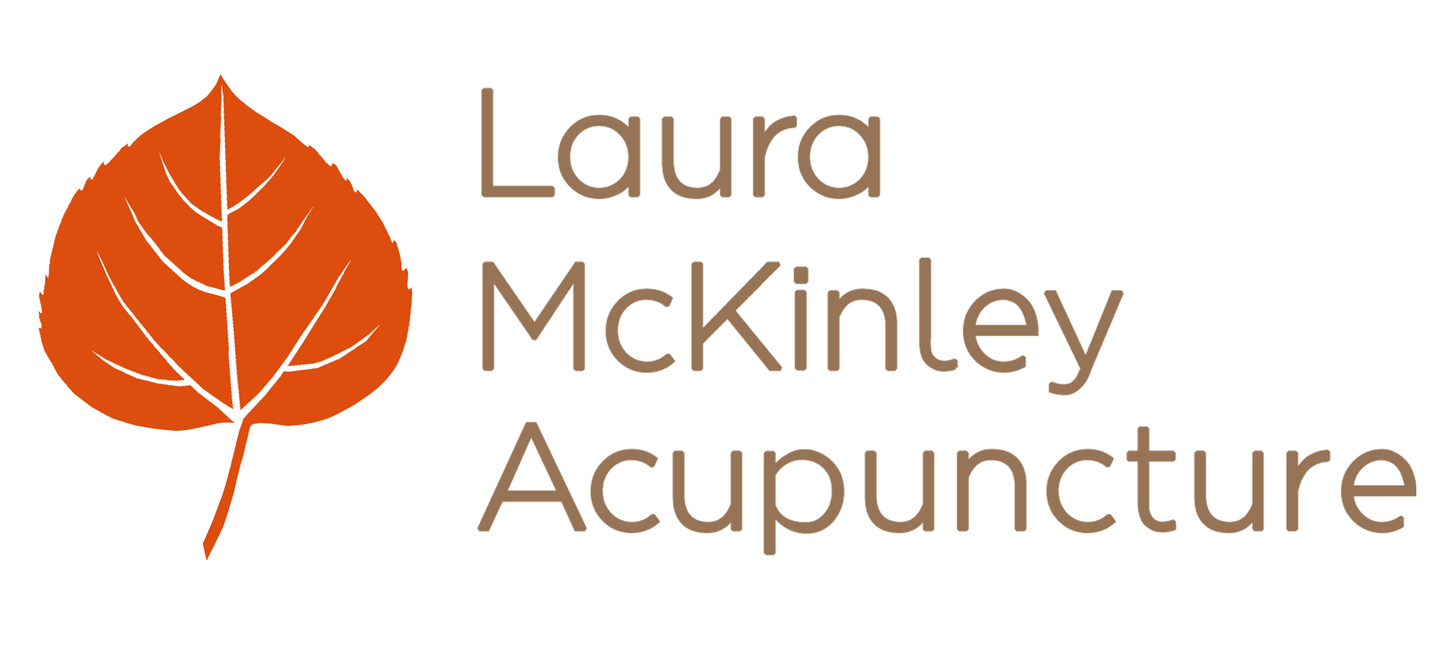Approaching Asian Medicine: Intro to Terminology
/Asian Medicine & Acupuncture
Let's dive into some the basics of Asian medicine, starting with simple terminology. First off, why do some people say acupuncture and others refer to Asian medicine as a whole? Acupuncture is just one of the eight branches within Asian medicine. The other branches are meditation, herbology, bodywork, nutrition, exercise (including qigong), astrology, and geomancy (such as feng shui).
Here in the US, our licensure process puts a lot of focus on acupuncture, and less on the other branches (though nutrition and herbology are also both parts of our national certification). While many Licensed Acupuncturists in the US are not trained in astrology and geomancy, most have at least some experience with the other branches and incorporate these into their practice.
Asian Medicine: Select Styles
You may have heard the word "acupuncture" used to refer to Chinese medicine, Asian medicine, Traditional Chinese medicine, Meridian Therapy, Five Element-Style, and more. Depending on whom you ask, acupuncture was developed between 5,000-10,000 years ago. As you may expect, over the years people have many different theories and techniques of approaching this medical artform. Acupuncture was developed in China, and as such is often referred to as Chinese medicine. However, acupuncture is not unique to China. Long before it came to the US, acupuncture spread throughout the Japan, Korea, Vietnam, and the Asian world. In each new cultural environment, the medicine developed uniquely. This is why I prefer to call it Asian medicine.
Whenever you hear the phrase Traditional Chinese Medicine, or TCM, this is referring to a particular style of Asian medicine in which all US acupuncturists must be trained for licensure. Oddly enough, it turns out that this is the least “traditional” of the Asian medicine styles. TCM was developed by Mao in the last century as an attempt to codify different acupuncture styles to export the power of China’s medicine to the west. Mao picked and chose aspects of the medicine which fit into his communist ideology, and many important spiritual aspects of the medicine were intentionally excluded.
Meridian Therapy is a Japanese style of acupuncture which focuses deeply on the meridians themselves. Yin yoga can be considered an active form of Meridian Therapy.
Five Element style acupuncture draws deeply upon the interrelationship of the Fire, Water, Wood, Fire, Metal, and Earth. These 5 elements represent different lenses through which we can explain any naturally occurring phenomenon. Five Element style acupuncture incorporates many of the spiritual aspects which Mao excluded from TCM.
Organs and Meridians
Regardless of whom you ask, when we talk about an organ in Asian medicine, we are discussing not only the physical organ itself, but also its energetic aspects as well a meridian, or line, in the body through which a particular organ’s energy travels.
Interested in leaning more about Asian medicine? Click here for my post on Yin and Yang Theory.


